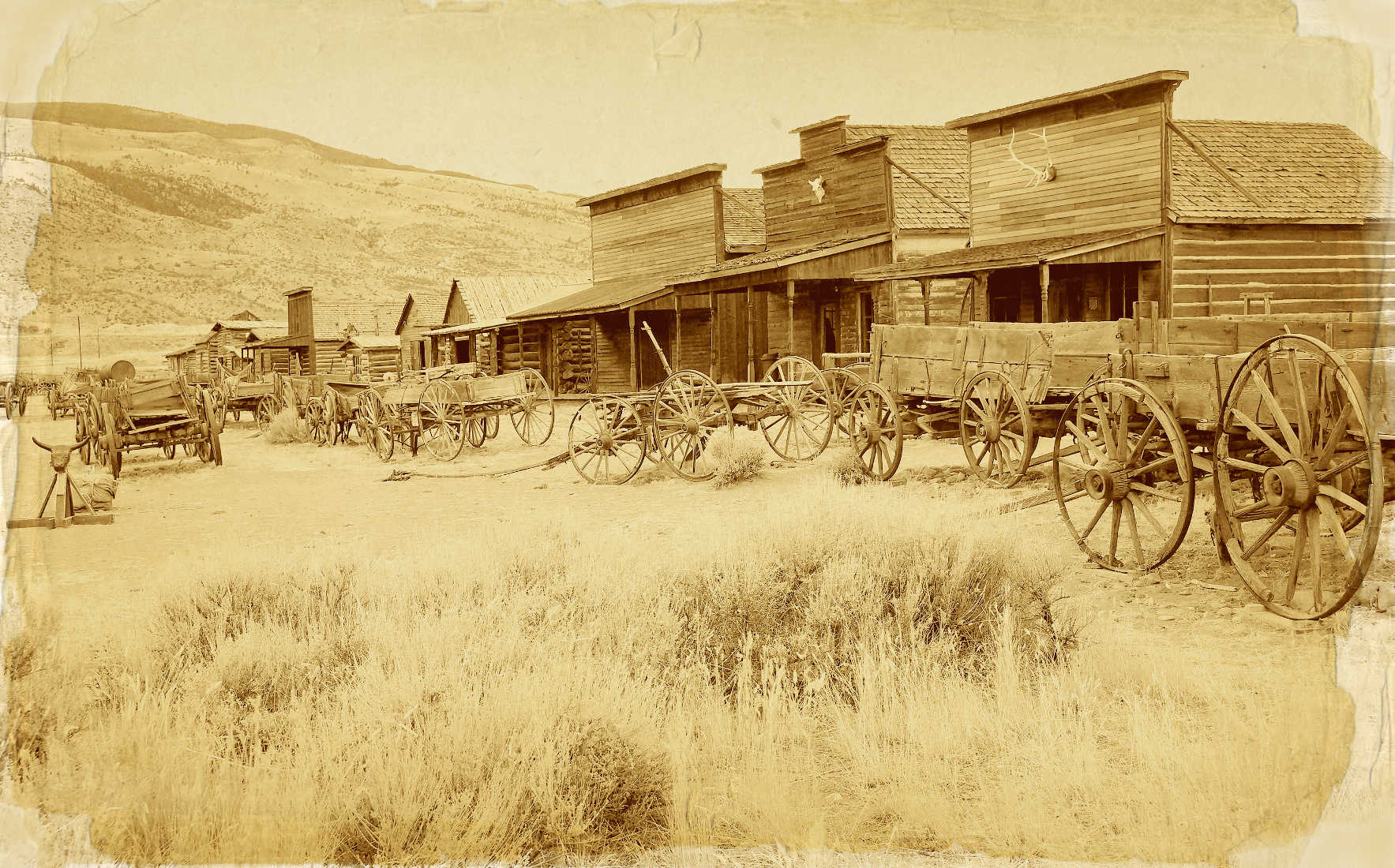By: Randy Tucker
It’s the essence of a good western: Cattle roaming the open range, mysteriously disappearing overnight, with little trace of where they went.
In the old days, ranchers would follow the hoof prints of their missing livestock. In many episodes of Gunsmoke, Bonanzaand the High Chaparral, the rustlers would soon be rounded up with the help of the local town sheriff or perhaps a U.S. Marshall. Justice was often swift in these programs, administered with a rope from the nearest tall tree.
In reality, though, hanging, or specifically, lynching, didn’t happen all that often. Rustlers were often caught, tried, and sent to state or territorial prisons, but they were not executed at nearly the frequency you’d expect from Hollywood’s version of these crimes.
Rustling still exists; it’s a multi-million-dollar crime committed often across the vastness of Wyoming, South Dakota, Western Nebraska, and Montana.
A new breed of law enforcement came into existence in Wyoming, shortly after the Cowboy State changed from a territory in 1890.
The range detective was a position created by the Wyoming Livestock Board. This lawman had jurisdiction across county lines – something that didn’t exist widely until the advent of the highway patrol many years later.
The most famous of these range detectives in the late 19thand early 20th century was Tom Horn. Horn’s story was made into a semi-accurate Hollywood film starring the late Steve McQueen as Horn.
Horn’s actual life created a near-perfect western narrative. He came west as a teenager in 1874, served as an Army scout in the final capture and surrender of the great Apache chief Geronimo in 1886, then was hired by the Pinkerton Agency in Denver as one of their agents.
Some westerns mention the Pinkerton’s, who are usually categorized as ruthless man-hunters hot on the trail of armed robbers or murderers.
They are just as often portrayed as zealots, callously killing anyone or anything that gets in the way of their investigations. As usual, the truth lies somewhere in the middle.
The Pinkertons were a world-renowned private investigating company. They provided security to a variety of wealthy clients and were perhaps best known for their work in hunting down bandits who robbed railroads.
Horn worked for the Pinkerton’s for a while, but found his niche in Wyoming.
The Wyoming Cattlemen’s Association suffered from rampant rustling in the late 1890s. Horn was hired by one of their members, the Swan Land and Cattle Company to work undercover to end these expensive cattle thefts.
Horn was a natural. Wherever he went, the rustling soon vanished.
There were no trials, no evidence gathered, and no trace, aside from a few unmarked graves across the vast Wyoming grasslands to indicate Horn had done his job, but the rustling ended.
Horn’s weapon of choice was the Winchester lever-action rifle.
He owned an 1876 .45-60, but it was an 1894 .30-30 that proved to be part of his undoing.
Horn was working for cattleman, J.C. Coble of the now-defunct ghost town Bosler, Wyoming in 1901. Bosler is about 20 miles north of Laramie, Wyoming in Albany County, but Coble had cattle in nearby Platte County as well.
Horn was investigating cattle rustling near Iron Mountain on the western edge of Platte County in 1901 when he was charged with the murder of 14-year Willie Nickell.
Nickell was shot at long range, wearing his father’s coat, leading many to suspect that Horn mistook the boy for his father.
Others still think the entire situation was a setup to rid the country of Horn and his ability to ferret out rustlers.
Either way, Horn was his own worst enemy, talking one night at a Cheyenne saloon of shooting a lone rider on a horse in Platte County.
A trial soon followed, and it was the end of the trail for Tom Horn.
He was hanged on November 20, 1903, in Cheyenne.
A popular man among law enforcement officials, no one wanted to pull the lever on the trap door that ended Horn’s life.
Instead, an elaborate system of counterweights was put in place, allowing Horn to be automatically executed without someone’s hand pulling the lever.
The mystery of the alleged crime committed by Horn remains popular today.
Forensics and ballistics were in their infancy at the time, with a couple of physicians disagreeing on the size of the bullet that killed Willie Nickell. One said it was a .32 or .40 caliber slug, while the other claimed it was at least a .45.
The jury went with the .45, in deference to the known .45-60 that Horn owned, with the prosecuting attorney also tying the wound to Horn’s .30-30 model.
When Horn was arrested, he had a .45-60 round in his pocket as further evidence.
A .45-60 was recently discovered in a private collection with a leather sling attached engraved J.C. Coble, Bosler, Wyoming, further enhancing the mystery.
Over a century has passed since Horn was executed, but his story remains a favorite of cattlemen and history buffs across Wyoming.

